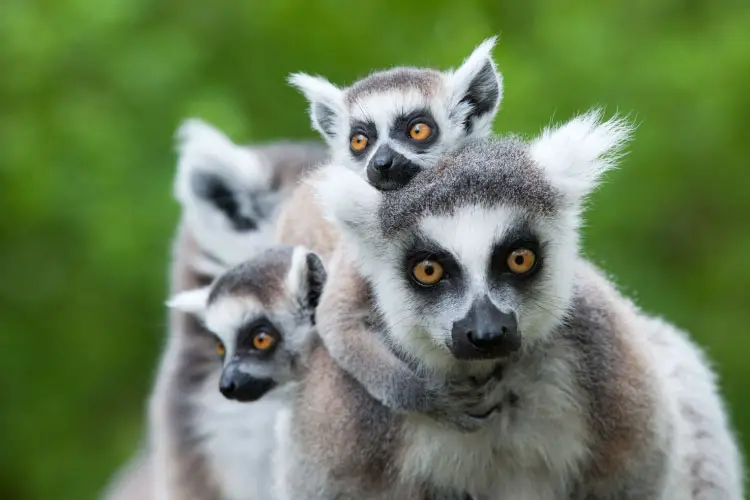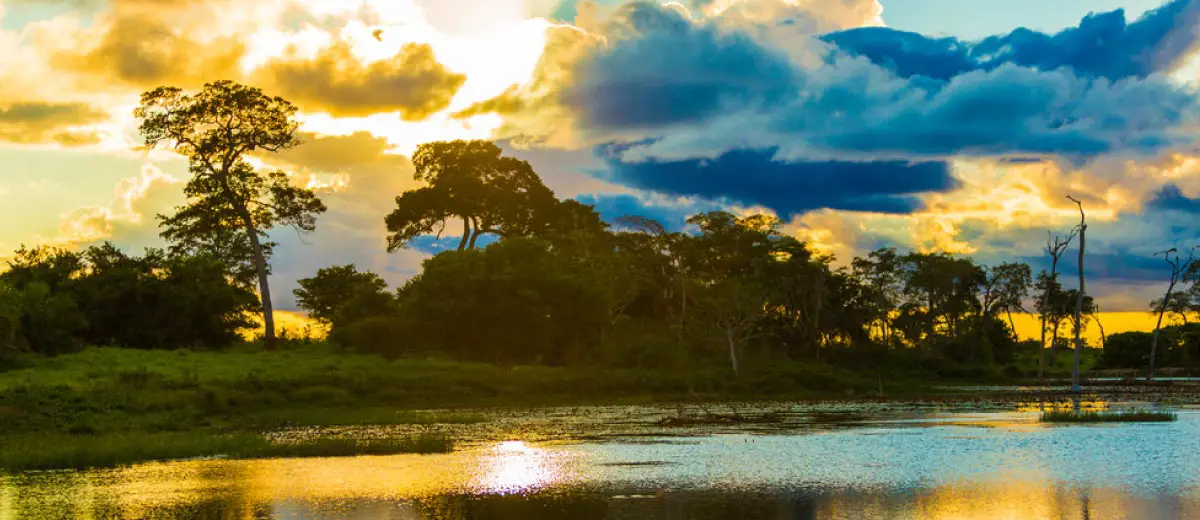Top 8 Most Biodiverse Countries on Earth
Biodiversity is defined as the variety of different types of life on earth, both flora and fauna. Biodiversity can be found in almost every continent on earth and takes all kinds of shapes and forms, from vast expansive rainforests to networks of beautiful underwater reefs. The most biodiverse countries on earth are well worth exploring for a multitude of reasons; wondering where they are!? Without further ado, relax and enjoy our list of the most biodiverse countries on earth.
Colombia
Colombia’s tumultuous history has ensured that its incredibly diverse forests have remained pristine through the years. Mass tourism and commercialization, although present, has been restricted to only some areas. The country is made up of 53% virgin forest and boasts more than 300 different ecosystems. Over 54,000 varied species call this country home, although almost 4% of these are critically endangered. One of the top four most bio-rich countries on earth, Colombia houses almost 1,900 kinds of birds, more than any other land. It’s really not difficult to see how little Columbia could really be this diverse: it’s bordered by two oceans, dissected by a huge mountain range and sits close to the equatorial line, leaving it lusciously fertile in every nook and cranny. If any country could be said to have hit the geographical lottery…then Colombia would definitely be it.
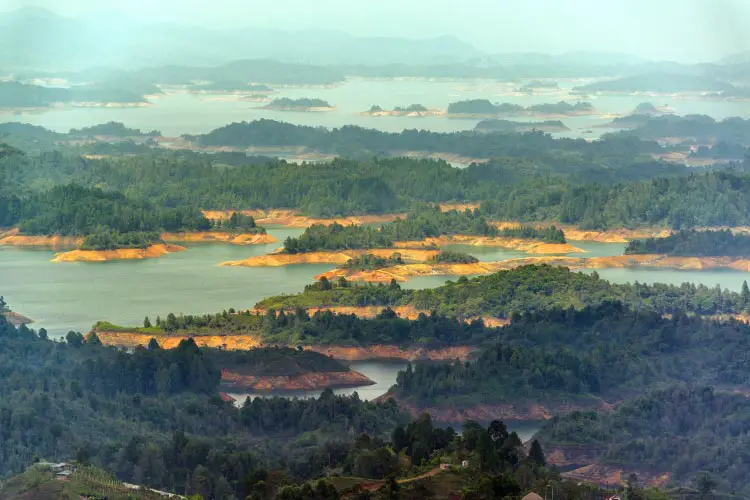
Australia
Many people are surprised to hear that Australia counts among the world’s most biodiverse countries, surmising that a land with this much desert could not possibly be home to a myriad of flora and fauna. Au contraire! Most of the country may be massively arid, that’s true, but it is also home to some amazing tropical corners which are simply brimming with life. Moreover, Australia’s relative isolation means that over three-quarters of its mammals, half of its birds and almost all of its sea life are endemic to the region. Of the 17 countries listed as ‘megadiverse’, Australia is only the second developed nation to be included, along with the United States. Unfortunately, the country does not fare well on the biodiversity protection front, however, so much of its natural treasury remains dangerously under threat. Australia holds the unenviable honour of sending 126 species of plants and animal extinct in just 200 years, more than any other country. Find out more on what you’ll discover “down-under” in our article on Australian wildlife.
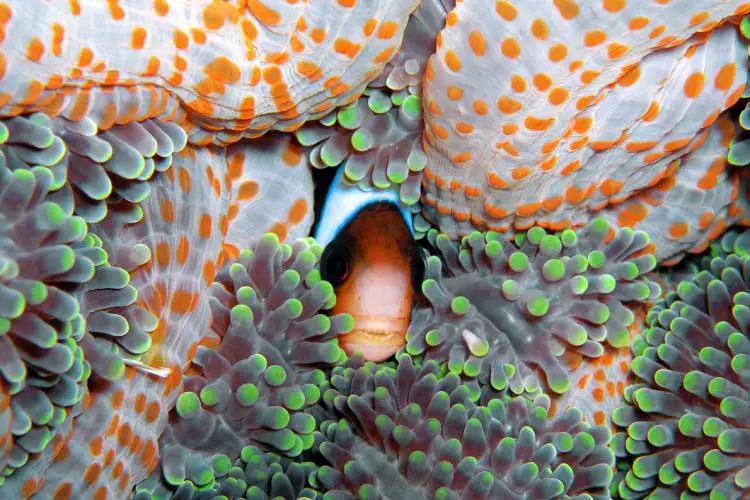
United States
The inclusion of the United States in this list is not merely down to its sheer size. After all, Russia is almost twice its size yet fails to make the mark as a megadiverse nation. What the US boasts is an incredible variety in topography, hence it boasts just under 400 protected national parks; comprising canyons, lowlands, forests, deserts, glaciers and mountains. It’s this immense diversity which makes the States one of our planet’s most special places. Although this land is not home to the most amount of birds or sea life, it is one with the highest amount of endemic mammals. Its extension in both latitude and longitude translates to a variety of climates which runs the gamma from continental and tropical, to alpine, semi-arid and arid. All of this facilitates life for over 17,000 different species of vascular plants, 18,000 flowering plants, 750 birds, 400 mammals and over 500 reptiles and amphibians.
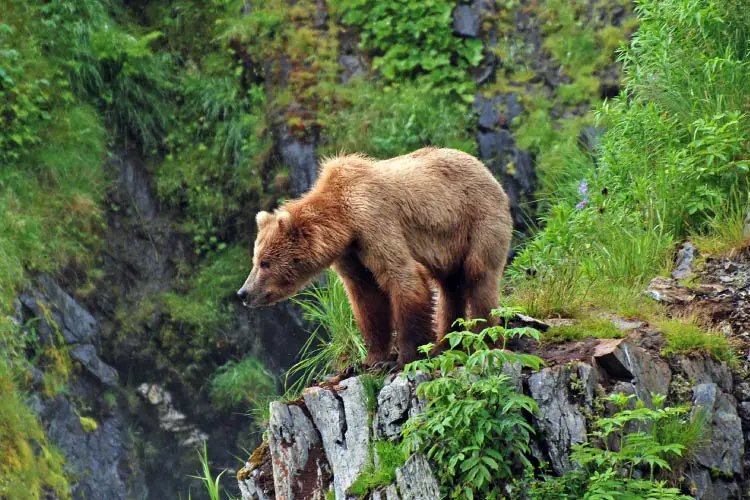
Brazil
This South American powerhouse of Mother Nature, home to a great majority of the Amazon Rainforest is, by far, the world’s most biodiverse country. In fact, Brazil has the most of just about everything. The most amount of mammals and freshwater fish known to man and upwards of 50,000 different species of flora. Although Brazil is home to the most distinct and numerous plant and animal varieties on earth, it is also in the precarious position of being one of the most threatened countries of all, thanks to incessant deforestation and out of control agriculture. Camping aficionados may be fascinated (or not) to hear that Brazil is home to the world’s largest spider, the Goliath Bird Eating Spider, renowned for eating small living things of all sorts.
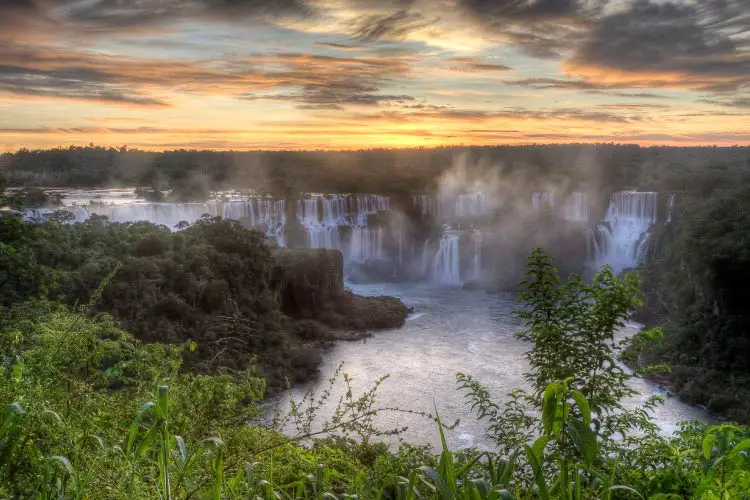
China
If the inclusion of Australia on this list catches many by surprise, then surely the inclusion of China ought to bowl them over completely. This is not only the third-largest country on earth, but it is also home to between 10 and 15% of the world’s flora and fauna and that is the astonishing part. Unfortunately, due to China also being one of the fastest developing nations on earth means that almost 20% of its natural treasures are facing serious threats of annihilation. The panda is, of course, the most well known of all of China’s endemic species, and is often used as a ‘poster-child’ for the fight against the extinction of endangered species. Although that’s probably because no-one’s ever heard of the 6-foot long giant salamander…
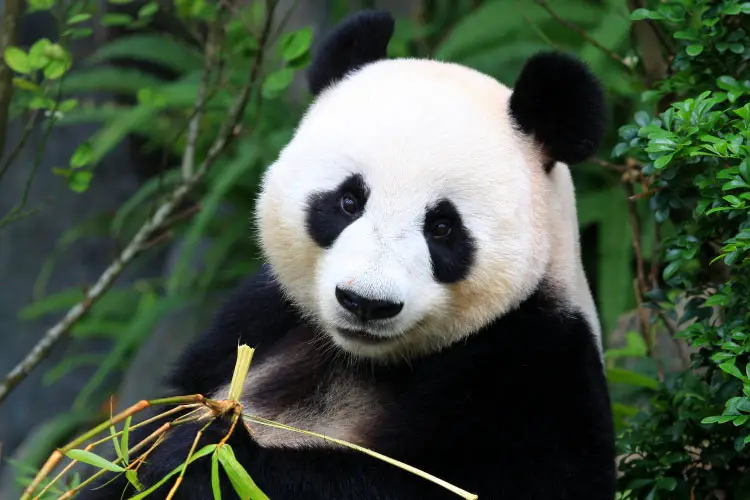
Ecuador
When Charles Darwin had his evolutionary epiphany, it was on Ecuadorian land that he was standing on. Although the mainland itself is blessed enough on its own accord, the addition of the bio-headquarters (known as the Galapagos Islands) has turned it into a country of truly epic natural diversity. Ecuador is home to almost twice as many plant species than in the whole of North America, more mammals per square metre than anywhere else on the planet, the most variations of frogs among its 400 species as well 350 types of reptiles, many of which are endemic to the Galapagos. Ecuador’s Yasuni National Park has been identified as one of the most biodiverse hotspots on earth, with more native plant and animal life than in Canada and the States combined.
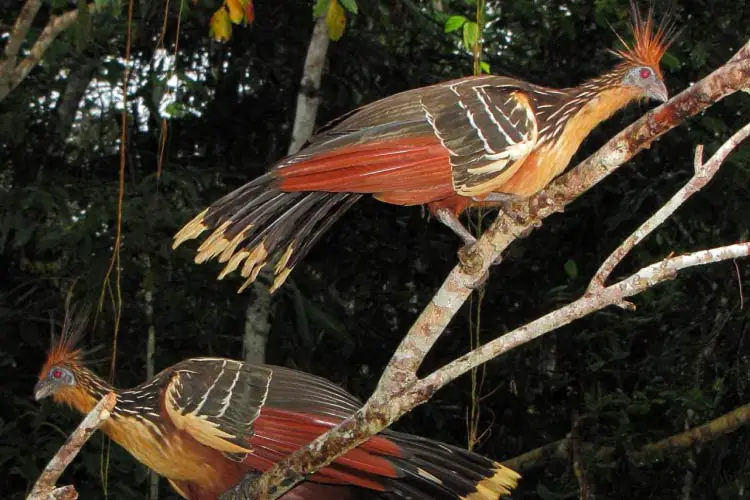
Philippines
This cluster of over 7000 islands is often considered Mother Nature’s most prized pearl. The richness in vegetation, tropical location and relatively lesser human evolution have turned the second-largest archipelago in the world into a life-rich enclave of outstanding proportions. Not only does the Philippines boast an immense variety of mammals, reptiles, amphibians, plants and birds, but a great majority are endemic to its isles. Due to the fact that many of the Philli’s species are listed as endangered makes this country not only one of the most diverse on earth but also the one most in need of protection. Over the last decade, many international heritage protection programmes have been targeting the Philippines specifically, with the hope that much of the damage done can be overturned. Travel here and you could see some of the strangest creatures on earth! Head off on an amazing bio-adventure and go in search of the cartoon-like tube-nosed fruit-bat, the utterly comical Palawan bearded pig and possibly the single most unusual animals of all: the Cantor’s giant softshell turtle.
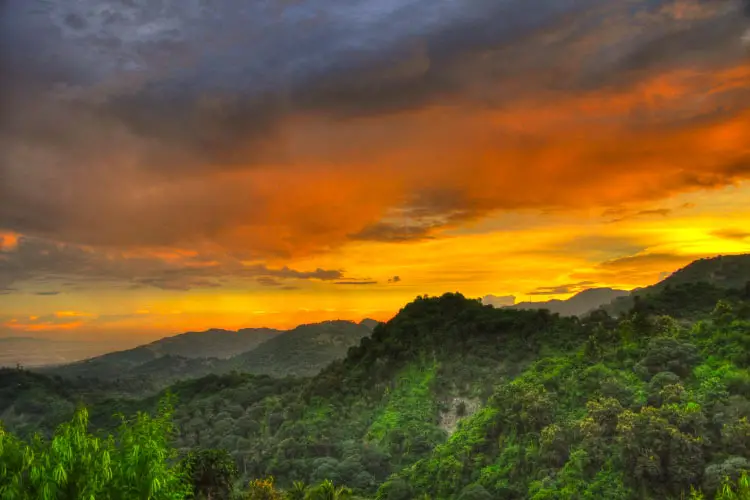
Madagascar
This island nation just off the east coast of Southern Africa is especially unique. Over 70% of its species are not only native but also endemic, making this one of the most irreplaceable countries of all. If something goes extinct here, it could never be replenished from anywhere else. Although dozens of new plant and animal species are still being discovered in Madagascar every year, the country’s lack of seriously protective measures is having quite disastrous consequences. Over the last few decades over three-quarters of the country’s forests have disappeared. Head to Madagascar and you’ll have the priceless chance of seeing the comical lemurs, our planet’s most primitive primates, as well as over 100 fellow endemic mammals.
